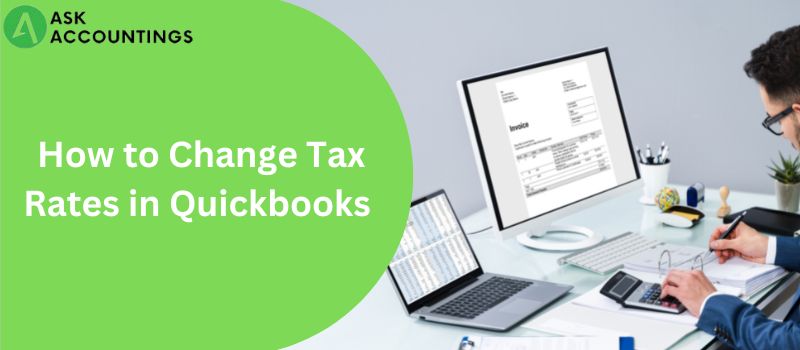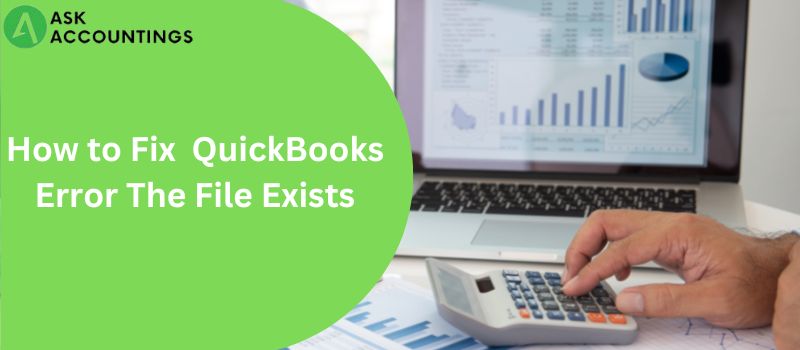Is your multi-user version of QuickBooks operating slowly? then you are at the right place we are here to resolve your problem. When you open a large company file or use the QuickBooks desktop on the web, QuickBooks runs slowly in multi-user mode. You may have experienced impacts like poor speed, lengthy responses, network errors, and others. It is important to recognize the many performance faults that might aid in this issue’s resolution.
You could find it annoying if the program is sluggish, especially when it is in multi-user mode. Finding the root of the problem and fixing it quickly is crucial. There are several elements to blame for these causes in this mistake.
Reasons for the QuickBooks running slowly issue
- When there are more users, “Company files” tasks may take longer to complete.
- For everyone in the office, “Administration issues” may arise.
- Opening data takes too long
- A company file that functions well in the morning may become slower over the day.
- One or two department members are having problems with management.
- Data mistakes appearing in a variety of data categories further suggest that the network may be harming the company’s data files.
- challenges in carrying out the alternative (single tasks might be slow)
- Multiple users are accessing the same section of the module at the same time.
- The host system on which the data file is stored is sluggish.
- the employed network interface card The host system on which the data file is saved performs slowly.
- The network interface card in use is broken or inefficient.is broken or moving slowly.
Why does QuickBooks run slowly when several users use it?
- multiple users simultaneously accessing the same module
- The data file that the system is handling can be too big in terms of “Data File Size.”
- The host machine that houses the “Data File” is sluggish
- If a big report with a target of more than 32,0000 units is now operating in the “Data Files,” such as the “Transaction report,”
- If the network you’re utilizing is flawed or your “Network Interface Card” is sluggish
Improvements to QuickBooks desktop performance Multiuser mode problems
Method 1: Control your data file
- Reduce the date ranges on the large reports as much as you can
- Experiment with only one module at a time and try to keep the number of shared users to a minimum.
- Make sure to “Save the data file” on the device with the fastest network.
- Replace NICs that are defective or sluggish.
Method 2: Reinstalling QuickBooks desktop
- The first step is to select Windows Start and then select Control Panel.
- The user must then choose the program and features tab.
- After that, the user should right-click on the “QuickBooks option” and pick the “uninstall” option.
- The following step in the procedure is to obtain and set up QuickBooks software from the official website.
- The final step is to decide whether to employ the “multi-user host installation option” during the installation procedure.
Method 3: Altering the default configuration
- To change the default settings, the user must browse the files.
- then select “Utilities” from the menu.
- Then, select the “host multi-user access” option.
- Selecting the “multi-user access tab” and then “adding multiple users” to the company file are the following steps.
- The user must now choose the “multi-user access option” if they haven’t already.
- The user must next “create the user account password” in order to keep the data safe from danger.
- The final stage is to utilize multi-user mode efficiently without delayed processing.
Method 4: Analyzing speed along the UNC route
- The user must first press “Windows + E keys” before looking for the server’s name.
- The user will then need to look in the network location field.
- The following step is to locate the mapped drives, such as X: Z: Y: and so on.
- Now that the server system name has two backlashes (//), write it down on a piece of paper.
- The next step is to make a note of this path and open QuickBooks.
- The user must next decide whether to open or restore a corporate file.
- Select a company file before pressing the next button.
- In the file name area, type the “UNC path” and press Enter.
- Following that, a list of the company’s files will show up on the screen, and the user must open the one they want to.
- The final step is to determine if QuickBooks is operating slowly or not.
Method-5: Evaluate each user’s QuickBooks performance.
If the QB business file is sluggish for all users, investigate the file for integrity concerns. Make sure that no more than one user is logged out of the company file while you test the speed of QuickBooks.
- Navigate to the File Menu, select Utilities, and then Verify Data within your company file.
- Verify and rebuild data – Screenshot
- By clicking OK, the verification procedure will begin.
- If there are any integrity concerns, you will be prompted to execute a repair on the data.
- Run a rebuild and check the QBWin.log file for errors if errors are found.
Method -6: If QuickBooks is too sluggish for some users
If QuickBooks is not sluggish for every user, you might want to adjust certain options. You may also improve performance by including various corporate and user-friendly options. If QuickBooks only becomes slower when you or other users attempt to save bills, invoices, and other transactions, you can try the following
- Open the List menu, then choose Templates.
- Create a new Template for your transaction.
- Click the Template tab at the bottom and then New.
- Select the Template type you want to create and click OK.
- To close the window, click OK once again.
- To save the transaction and check if the problem has been resolved, use the new Template.
How do I set up and use QuickBooks email services (QBES)?
What are the steps to delete a reconciliation in QuickBooks?



